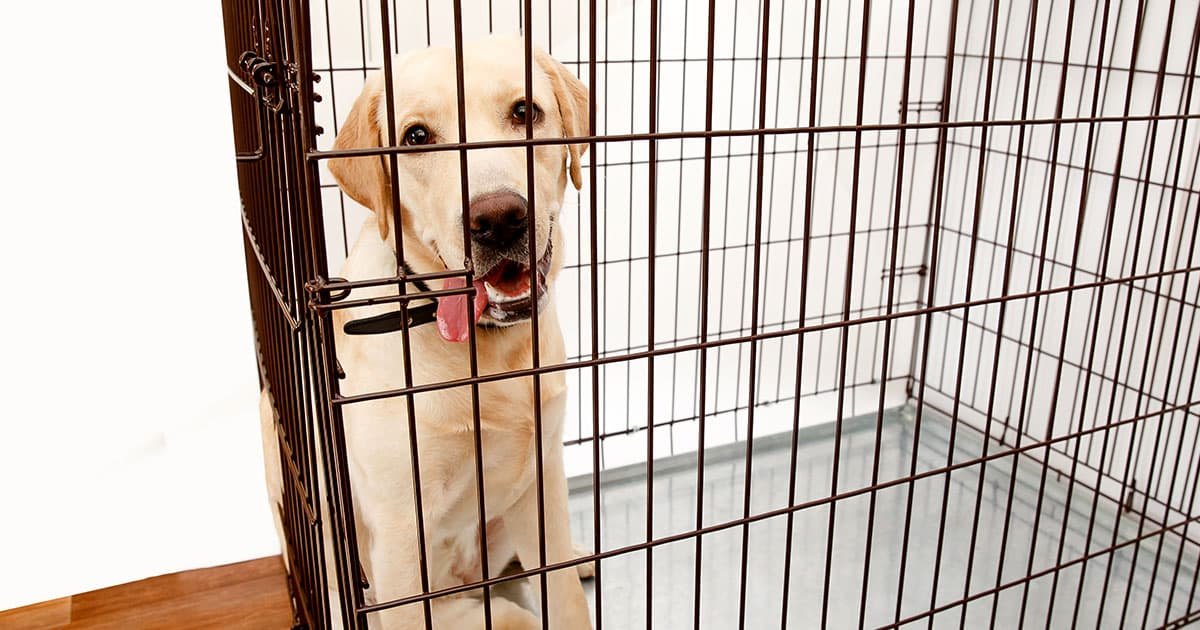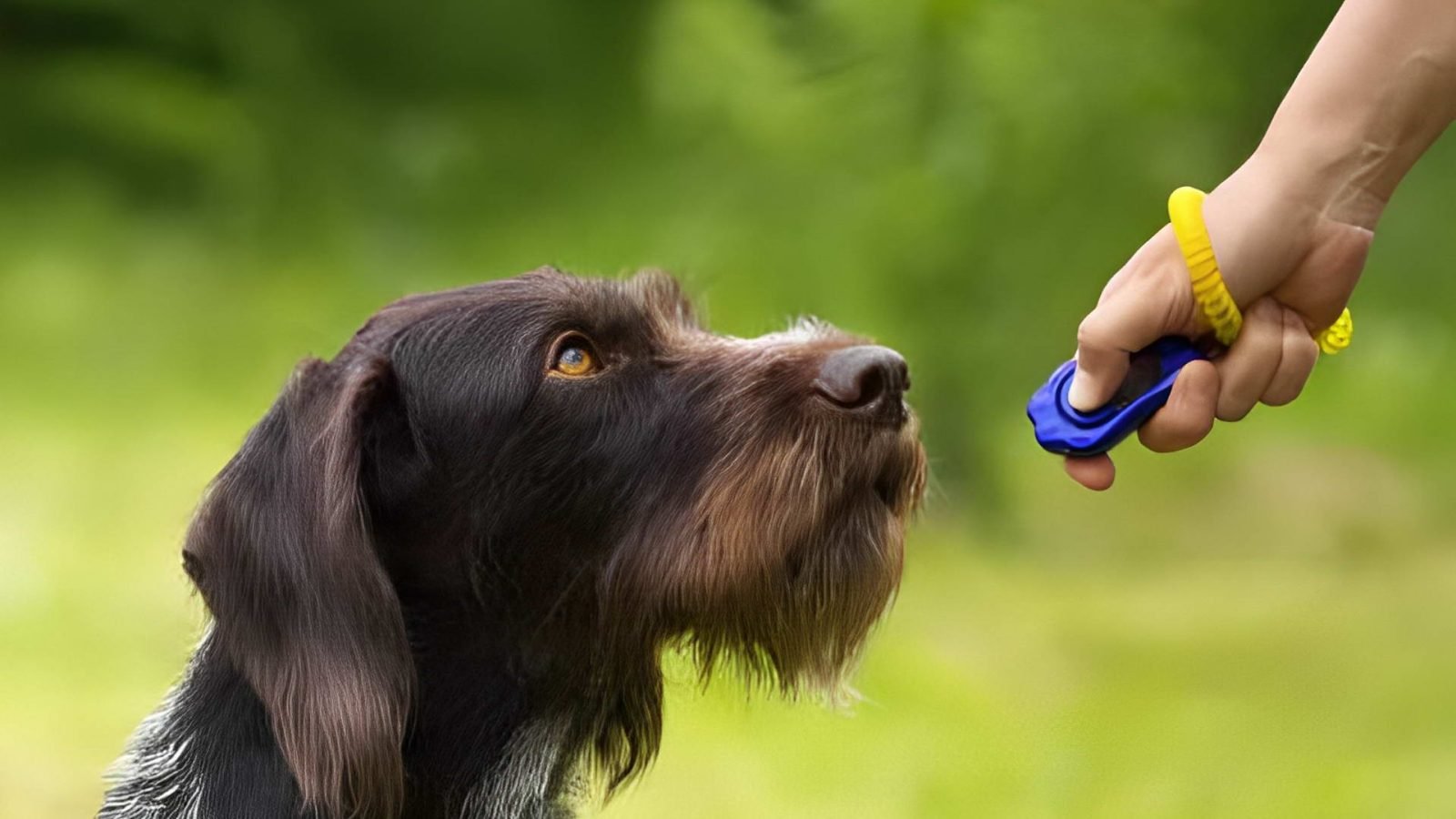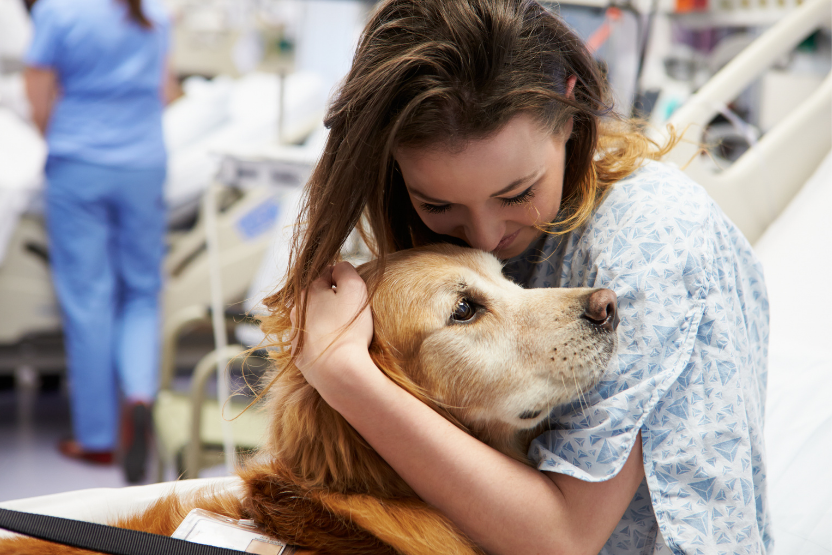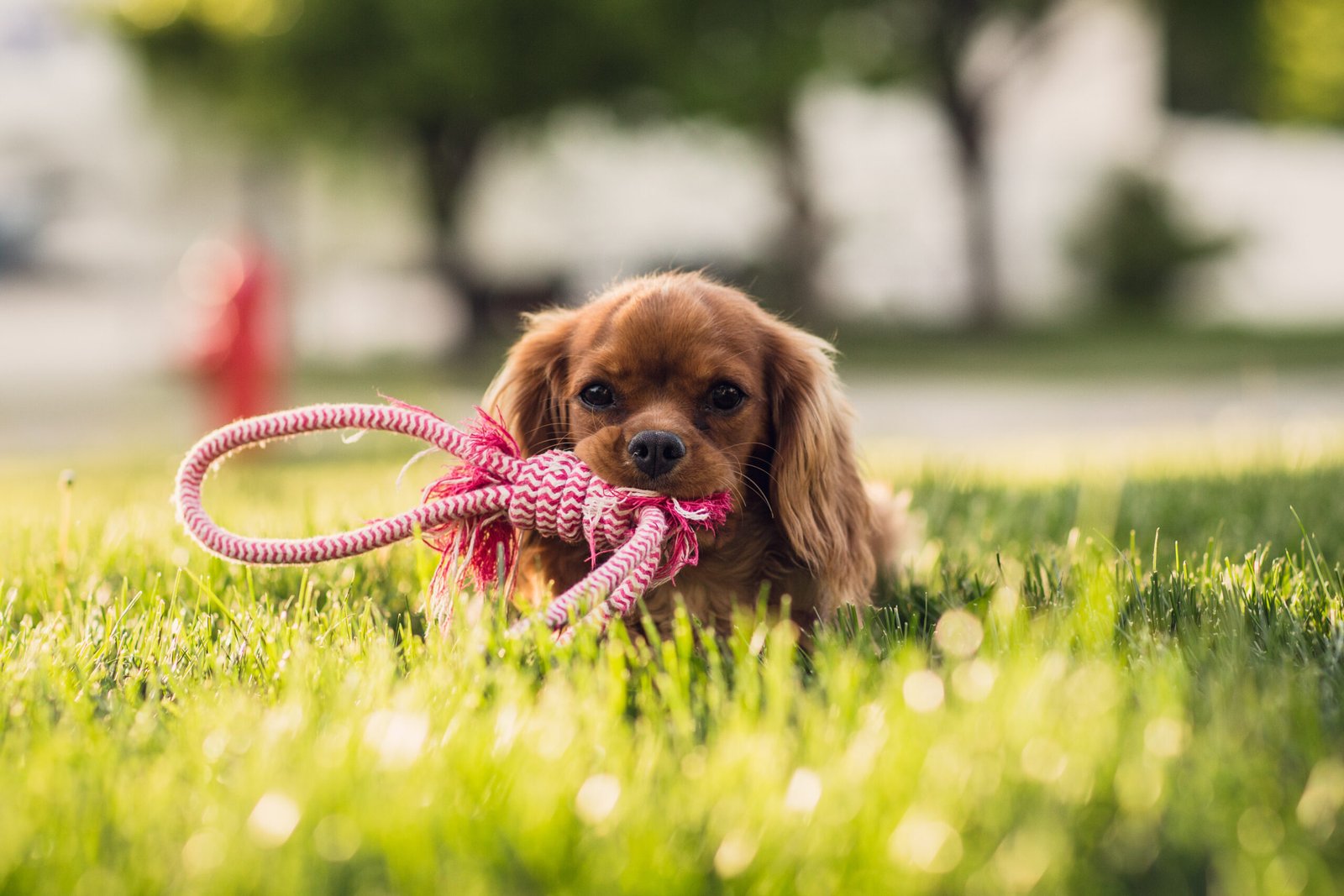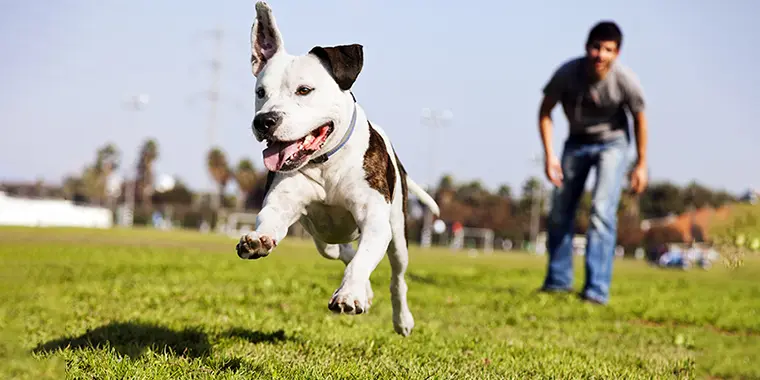Crate training is one of the most effective ways to teach your dog good behavior and ensure their safety. If you’re wondering how to crate train your dog successfully, this guide will give you the crate training tips every dog owner needs. With patience, consistency, and the right approach, you can make crate training a positive experience for both you and your dog.
1. Choose the Right Crate Size
The first of the crate training tips every dog owner needs is selecting the right crate size for your dog. A crate should be large enough for your dog to stand, turn around, and lie down comfortably. However, it should not be too large, as it might encourage your dog to use one corner as a bathroom. A properly sized crate helps your dog feel secure and comfortable.
Tip:
If your dog is still a puppy, consider buying a crate with a divider that allows you to adjust the size as your dog grows.
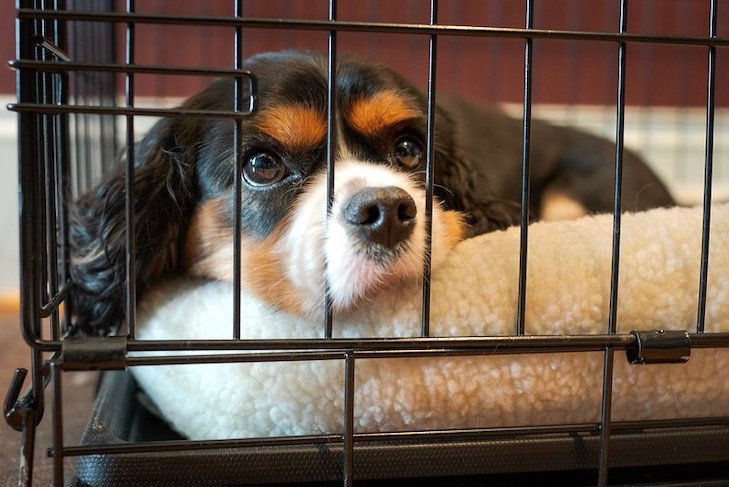
2. Introduce the Crate Slowly
When teaching your dog to use a crate, crate training tips every dog owner needs include a gradual introduction to the crate. Don’t force your dog inside right away. Instead, place treats, toys, or their favorite blanket inside to create a positive association with the crate. Let your dog explore it on their own terms.
Tip:
Start with the crate door open and allow your dog to go in and out freely. This helps your dog feel more relaxed and curious about the crate.
3. Make the Crate a Comfortable Space
For crate training to be successful, your dog needs to feel safe and comfortable inside. Line the crate with soft bedding or blankets and place a water bowl inside if needed. Crate training tips every dog owner needs include making the crate a cozy den that your dog enjoys spending time in.
Tip:
Avoid using the crate as a form of punishment. This can create negative feelings and make crate training harder in the future.
4. Gradually Increase Crate Time
At first, limit the amount of time your dog spends in the crate. Start with short periods, and slowly increase the duration as your dog gets used to being in the crate. The key is to avoid overwhelming your dog. Crate training tips every dog owner needs suggest increasing the time gradually to help your dog adjust without feeling anxious.
Tip:
Start with 5 to 10-minute sessions and slowly extend the time as your dog becomes more comfortable with the crate.
5. Use Positive Reinforcement
Positive reinforcement is one of the best methods for crate training. Whenever your dog enters the crate willingly, reward them with praise, treats, or their favorite toy. Crate training tips every dog owner needs emphasize rewarding your dog for good behavior to build a positive association with the crate.
Tip:
Always reward your dog immediately after they enter the crate so they can connect the action with the reward.
6. Avoid Using the Crate for Long Periods
Dogs should never be kept in their crate for too long. Crate training tips every dog owner needs stress that dogs should not spend excessive amounts of time in a crate, as it can lead to anxiety, stress, and discomfort. For puppies, crate time should be limited to about 3-4 hours, while adult dogs can handle 6-8 hours.
Tip:
If you need to be away for a long period, arrange for a pet sitter or ask a friend to take care of your dog while you’re gone.
7. Practice Crate Training Regularly
Consistency is key when it comes to crate training. Make crate training a part of your daily routine so your dog becomes familiar with it. Crate training tips every dog owner needs include regular practice to reinforce the positive behaviors you want to see.
Tip:
Include crate training sessions during your daily activities, like during mealtime, when you leave the house, or even when you are watching TV. This helps normalize the crate in your dog’s life.
Conclusion
Crate training is an important skill for every dog owner, and crate training tips every dog owner needs can make the process smoother for both you and your dog. By choosing the right crate, introducing it slowly, and making it a comfortable space, you’ll help your dog develop a positive relationship with their crate. With patience, consistency, and plenty of rewards, your dog will learn to enjoy their crate, making it a safe, cozy space they can call their own.
Remember, crate training takes time, so be patient. Before you know it, your dog will feel comfortable in their crate, and it will become a valuable tool for their safety, comfort, and well-being.







